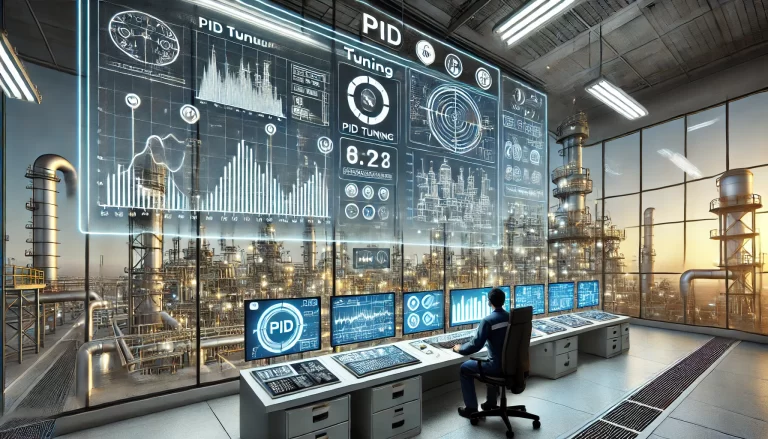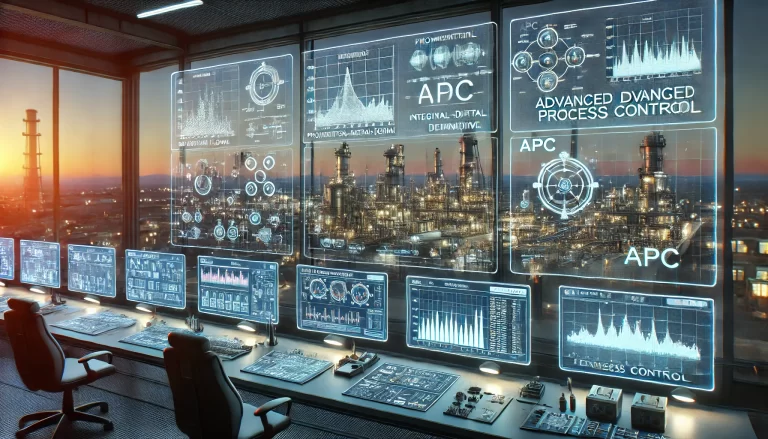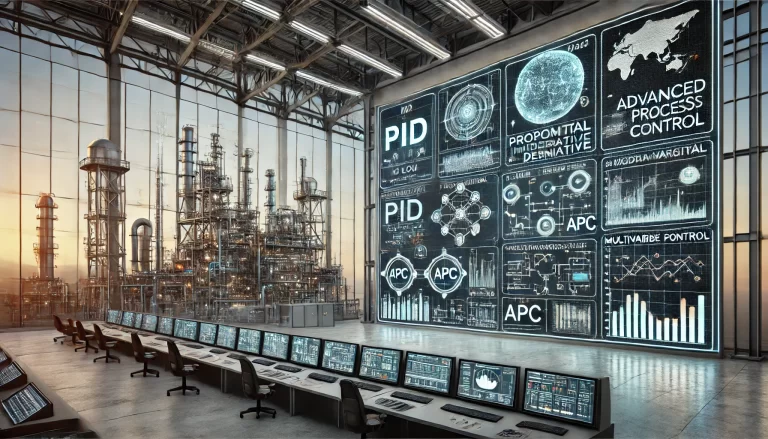In industrial process control, achieving optimal system performance often depends on the use of advanced control methods. Two widely used techniques are PID (Proportional-Integral-Derivative) control and APC (Advanced Process Control). Each has its unique principles, applications, and advantages, making them suitable for different operational scenarios. This article delves into the details of PID and APC control, their differences, and how they are applied in various industries.
PID Control: The Foundation of Process Automation
Overview
PID control is a classic feedback control method designed to maintain a desired system output by minimizing the difference between the actual output and a setpoint. It achieves this through three main components:
Proportional (P): Adjusts the output proportionally to the current error. This provides an immediate corrective response but may leave a steady-state error.
Integral (I): Addresses the accumulated past errors by integrating them over time, eliminating steady-state errors.
Derivative (D): Predicts future errors by assessing the rate of error change, helping to dampen oscillations and improve stability.
These components work together to ensure the controlled variable closely follows the setpoint with minimal deviation and oscillation.

Applications
PID controllers are widely used in:
Temperature control: Maintaining stable conditions in furnaces, HVAC systems, or chemical reactors.
Flow control: Regulating fluid flow in pipelines or industrial processes.
Speed control: Managing motor speeds in manufacturing equipment.
Advantages
Simple to implement and understand.
Requires no explicit mathematical model of the system.
Real-time adjustments based on immediate feedback.
Challenges
While effective for many linear systems, PID control struggles with:
Nonlinear processes: Where relationships between variables are not straightforward.
Multi-variable systems: Where multiple inputs and outputs are interdependent.
Dynamic changes: When process conditions vary significantly over time.

Advanced Process Control (APC): Managing Complexity
Overview
APC encompasses a suite of control techniques designed for complex industrial processes. Unlike PID, APC often relies on a mathematical model of the process to predict future system behavior and optimize control actions. Common APC methods include:
Model Predictive Control (MPC): Uses a dynamic model to forecast system behavior and calculate optimal control inputs over a prediction horizon.
Adaptive Control: Continuously adjusts controller parameters to account for changes in system dynamics.
Multivariable Control: Handles processes with multiple interacting inputs and outputs, optimizing performance across all variables.
Applications
APC is typically deployed in industries with intricate processes, such as:
Chemical manufacturing: Optimizing reactor operations and distillation columns.
Oil and gas: Managing refinery processes and pipeline networks.
Power generation: Enhancing efficiency in boilers and turbines.
Advantages
Superior performance: Achieves tighter control, reduced variability, and improved process efficiency.
Handles complexity: Effectively manages nonlinearity, time delays, and multivariable interactions.
Economic benefits: Optimizes resource use, reduces waste, and increases throughput.

Challenges
Implementation complexity: Requires significant expertise, advanced algorithms, and computational power.
Dependency on models: Relies on accurate process models; discrepancies can degrade performance.
High cost: Development and maintenance can be resource-intensive.
Comparing PID and APC Control
| Aspect | PID Control | APC Control |
|---|---|---|
| Principle | Feedback-based, using error correction | Model-based, predicting and optimizing |
| System Requirements | Minimal, does not require a system model | Requires accurate mathematical models |
| Complexity | Simple and straightforward | Sophisticated, often requiring expert input |
| Applications | Basic control tasks (e.g., temperature, flow) | Complex, multivariable processes |
| Cost | Low initial and maintenance cost | High initial and ongoing costs |
| Performance | Suitable for linear systems | Excels in nonlinear and dynamic systems |
| Scalability | Limited to single-loop control | Highly scalable for large systems |
Integrating PID and APC for Optimal Control
In many industrial settings, PID and APC controls are used in combination to leverage their respective strengths. For instance, PID controllers can handle individual loops within a broader APC framework. This hybrid approach ensures robust, real-time responses at the local level while optimizing overall system performance globally.

Conclusion
PID and APC control systems serve as fundamental tools for industrial process management. PID control is simple, cost-effective, and highly versatile, making it ideal for straightforward applications. On the other hand, APC provides powerful solutions for complex, multivariable, and nonlinear processes, albeit at higher costs and complexity. By understanding their capabilities and limitations, industries can select and implement the most appropriate control strategy to achieve operational excellence.
